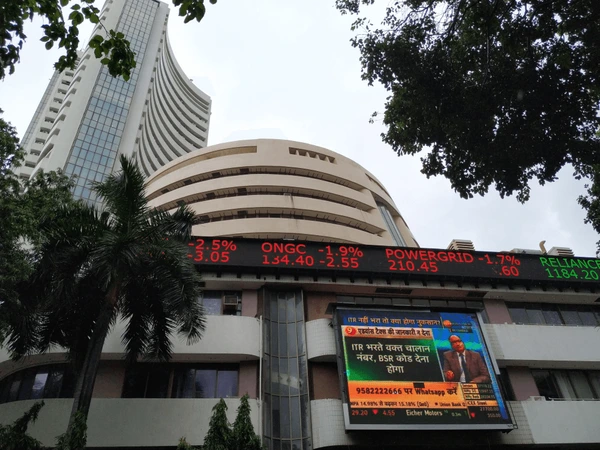One of the most hotly contested subjects in the world of investing is market timing, particularly in relation to the dynamic and changing Indian stock market. “Is now a good time to invest?” is a question that many investors have. Understanding market cycles—the recurring periods of highs and lows that all stock markets, including the Indian stock market, experience—is crucial to providing a thoughtful response to that query.
Comprehending Market Cycles
The term “market cycle” describes how stock prices naturally fluctuate over time. There are usually four stages to it:
Phase of Accumulation
This is the stage that comes after a bear market or market decline. While public attitude is still negative, institutional investors and other smart money begin to covertly acquire equities shares.
Bull market or uptrend
optimism returns, more investors join the market, and prices gradually increase. Retail investors are drawn to this stage when corporations post great results and economic indicators are robust.
Phase of Distribution
The market starts to lose steam at this point. Profits are being made by early investors. Volatility rises as prices plateau. Unaware of the change, retail investors are frequently still bullish during this period.
Bear market or downtrend
Overvaluation or worsening economic conditions cause prices to drop. Many investors leave the market, frequently at a loss, when fear sets in.
Even though it is famously hard to predict exact turns, knowing where the market is in this cycle might help you make better financial selections.
How This Affects the 2025 Indian Market
Strong domestic demand, the expansion of the tech industry, and the construction of infrastructure have all contributed to the resiliency of the Indian stock market. However, it is not impervious to geopolitical tensions, interest rate swings, or worldwide volatility.
With sectoral rotation and selective profit booking, the Indian equities market appears to be moving from a robust bull run to a potential distribution period now. Although certain high-growth tech equities are experiencing valuation pressure, other sectors, such as capital goods and finance, are demonstrating strength.
This does not necessarily imply that now is not a good time to invest; rather, it simply means that you need to be more deliberate and discriminate in your financial choices.
Indications to Consider Prior to Investing in Valuations:
Do sectors or stocks have fair prices? Examine the price-to-earnings (P/E) ratio for both individual equities shares and the main indexes.
Economic Indicators:
Industrial output, GDP growth, inflation, and interest rates all affect the direction of the market.
Market Sentiment:
Do investors exhibit excessive optimism or fear? Irrational decisions are frequently motivated by greed and fear.
Global Trends:
The global economy is interwoven with the Indian market. Keep an eye on changes in oil prices, China, and the US.
Policy Announcements:
Regulatory reforms, RBI policy changes, and budget decisions may present opportunities or challenges.
Methods of Strategic Market Cycle Navigation
Plan for Systematic Investment (SIP):
Regularly making small investments helps ease market timing pressure and smooth out volatility.
Diversification:
Avoid putting all your eggs in one basket by distributing your investments across several industries and asset types.
Value Investing:
Pay attention to stocks that are cheap but have solid fundamentals.
Tactical Allocation:
Modify your portfolio according to the stage of the cycle, taking profits during the distribution phase and boosting exposure during the accumulation phase.
Long-Term Mentality:
Research from the past indicates that investing through cycles produces higher returns than attempting to time every move.
Is It Time to Invest?
If you know your goals and risk tolerance, now is always a good time to start if you plan to stick with it for the long run. For investors who are disciplined and well-informed, the Indian stock market remains a viable path to wealth growth through equities shares.
However, making a hasty decision without taking the state of the market into account can result in short-term disappointment. Instead, moderate expectations and find better entry points by using market cycles as a lens.
Concluding remarks
Gaining an understanding of Indian market cycles will improve your outlook and decision-making skills in the financial industry. The most important factor is how effectively your investment strategy fits your objectives and the current market, regardless of whether it is rising or falling.
Chasing trends or timing perfection will not benefit you as much as staying knowledgeable, diverse, and disciplined.
Disclaimer:
This article is for informational and educational purposes only and does not constitute financial advice. Investing in the stock market involves risks, and readers should do their own research or consult a qualified financial advisor before making any investment decisions. The views expressed are those of the author and may not reflect the opinions of this blog or its affiliates.




